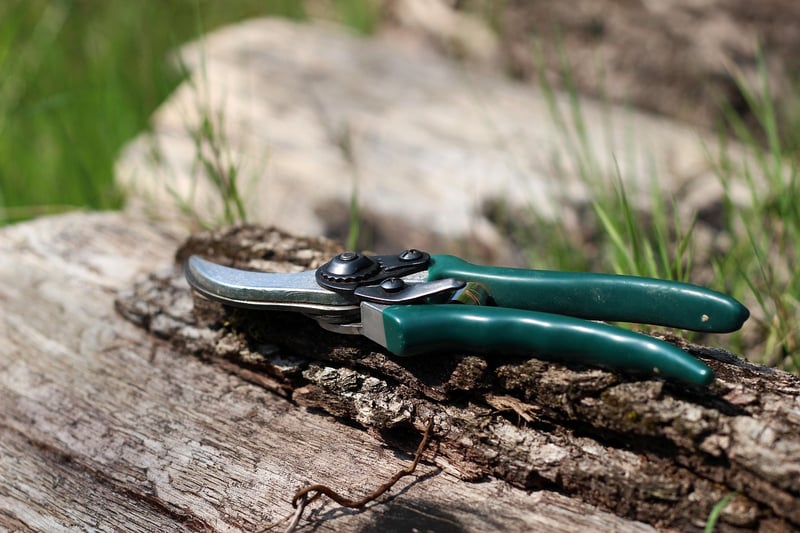Pruning Vertical Garden Plants
Tips for Caring for Vertical Gardens
Introduction
Vertical gardens are a fantastic way to bring greenery into small spaces and add a touch of nature to urban environments. However, to keep your vertical garden thriving, proper care and maintenance are essential. Here are some tips to help you care for your vertical garden and keep it looking lush and healthy.
1. Choose the Right Plants
When creating a vertical garden, it's crucial to select plants that are well-suited to vertical growing conditions. Look for plants that have shallow root systems, such as succulents, ferns, and herbs. These plants are more likely to thrive in a vertical environment.
2. Provide Adequate Watering
Vertical gardens can dry out more quickly than traditional gardens, so it's essential to water them regularly. Consider installing a drip irrigation system to ensure that your plants receive a consistent water supply. Check the moisture levels regularly and adjust your watering schedule as needed.
3. Ensure Proper Drainage
Proper drainage is key to preventing waterlogged soil, which can lead to root rot and other issues. Make sure your vertical garden has adequate drainage holes and use a well-draining potting mix to promote healthy plant growth.
4. Monitor Light Levels
Plants in vertical gardens may receive varying levels of light throughout the day. Be mindful of the light conditions in your space and choose plants that are suited to the amount of sunlight they will receive. Consider rotating your plants occasionally to ensure they receive adequate light exposure.
Pruning Vertical Garden Plants
1. Regular Pruning
Pruning is essential for maintaining the health and appearance of your vertical garden plants. Regularly check for dead or yellowing leaves, overgrown stems, and any signs of disease. Use clean, sharp pruning shears to trim away any damaged or excess growth.
2. Encourage Growth
Pruning can also help stimulate new growth and promote a bushier, healthier plant. By removing spent flowers and trimming back leggy stems, you can encourage your plants to produce new shoots and foliage.
3. Timing is Key
When pruning your vertical garden plants, timing is crucial. Avoid pruning during times of stress, such as extreme heat or cold, as this can further weaken the plant. Instead, aim to prune in the spring or early summer when plants are actively growing.
Conclusion
By following these tips for caring for your vertical garden and practicing proper pruning techniques, you can create a beautiful and thriving green space in even the smallest of areas. With a little attention and care, your vertical garden will flourish and bring joy for years to come.

